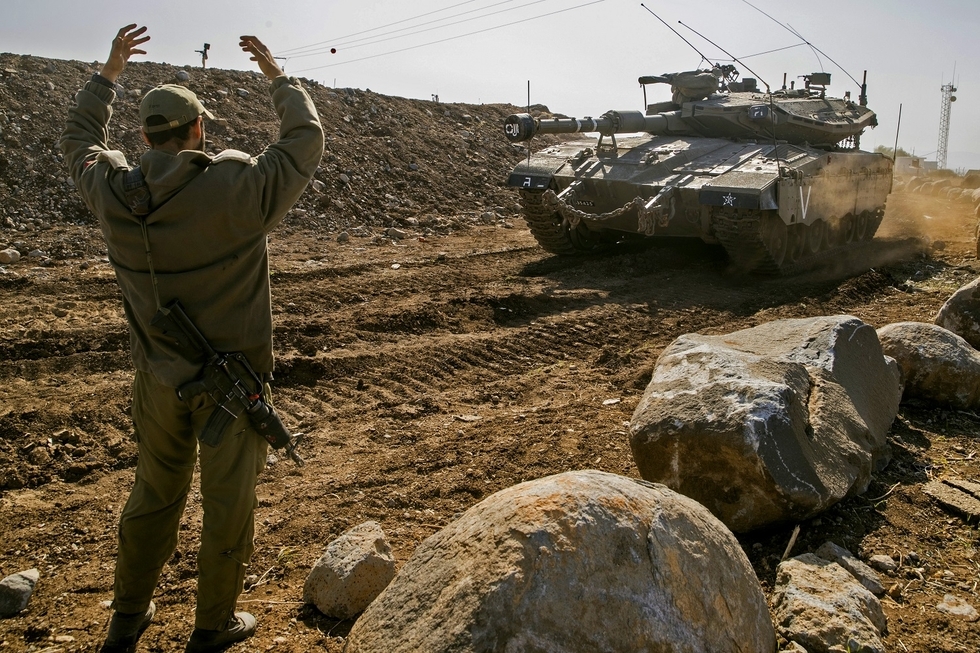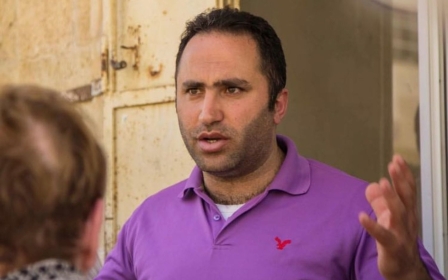Israel army to hold large drill simulating war with Hezbollah

Israel's army will begin on Tuesday a massive exercise simulating conflict with Hezbollah in the country's north, military sources said, in what would be the largest drill in nearly two decades.
The drill will last 10 days and simulate "scenarios we'll be facing in the next confrontation with Hezbollah", a defence source said Monday.
Military sources said tens of thousands of soldiers, including reserves, would take part.
Aircraft, boats and submarines would be deployed, and the army's canine unit would also participate, they said.
The army would set up two field hospitals and test unmanned trucks and helicopters to evacuate casualties.
Israel and the United States last month accused a UN peacekeeping mission of turning a blind eye to Hezbollah smuggling arms and amassing forces on Lebanon's southern border with Israel in preparation for war.
Preparations for the drill, however, have been ongoing for more than a year and a half, the sources said.
The last time the Israeli army held a drill of this extent was in 1998, when it simulated a war with the Syrian army for a week.
Hezbollah has been involved in the Syrian civil war, where it has sent thousands of fighters to back government troops. But it says it is ready for war to defend Lebanon’s southern border from Israel.
The last major confrontation between Israel and Hezbollah was in 2006. It ended with heavy losses on both sides. The UN-backed ceasefire agreement, which ended the war, expanded the mission of UN peacekeeping troops in Lebanon.
UN Security Council resolution 1701 increased the number of United Nations Interim Force in Lebanon (UNIFIL) troops from 2,000 to more than 10,000. The resolution also called for a buffer zone free of "any armed personnel" south of Lebanon's Litani River, about 20km from the Israeli border.
The Security Council renewed the mandate of UN troops in Lebanon last week.
Middle East Eye propose une couverture et une analyse indépendantes et incomparables du Moyen-Orient, de l’Afrique du Nord et d’autres régions du monde. Pour en savoir plus sur la reprise de ce contenu et les frais qui s’appliquent, veuillez remplir ce formulaire [en anglais]. Pour en savoir plus sur MEE, cliquez ici [en anglais].




